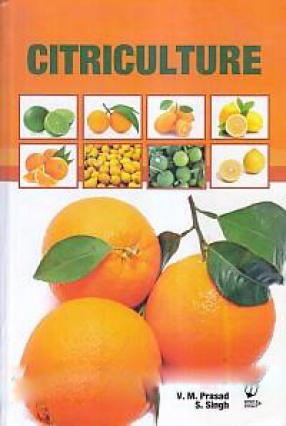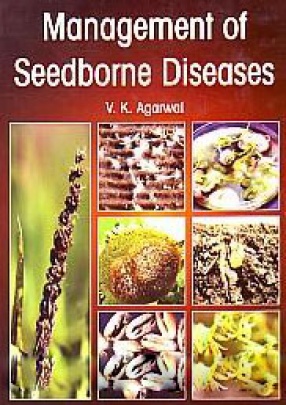The most important natural resource of India is land which is the basis for all agricultural and allied activities. While the population grows, the land surface is fixed and only a certain proportion of it is available for cultivation. In the context of increasing human and animal population, the non-expandable land resources have to accommodate the competing demands for production of food, fodder, fibre, fuel, minerals, urbanisation and other non-agricultural uses. Land degradation, occurring due to the natural and human induced causes, is one of the priority concerns in India. The varying degrees and types of degradation stem mainly from unsustainable use and inappropriate land management practices. Wastelands, deserts, drought-prone and flood-prone areas have been subjected to severe forms of degradation. The capacity of these lands is limited due to environmental factors. Pressures of human and livestock population have further compromised them. Direct consequences of agricultural development on environment arise from intensive farming activities, which contribute to soil erosion land salination and loss of nutrients. Modern agricultural practices in the country have led to over-exploitation of land and water resources and excessive use of fertilizers and pesticides. Shifting cultivation has also been a major factor responsible for land degradation in hilly areas. It is essential to control soil erosion in order to attain and maintain food security, sustainable forestry and agricultural and rural development.
Agriculture and Environment in India
In stock
Free & Quick Delivery Worldwide
reviews
Bibliographic information
Title
Agriculture and Environment in India
Author
Edition
1st. ed.
Publisher
New Century Publications, 2016
ISBN
9788177084207
Length
xiii+181p., 23cm.
Subjects





There are no reviews yet.